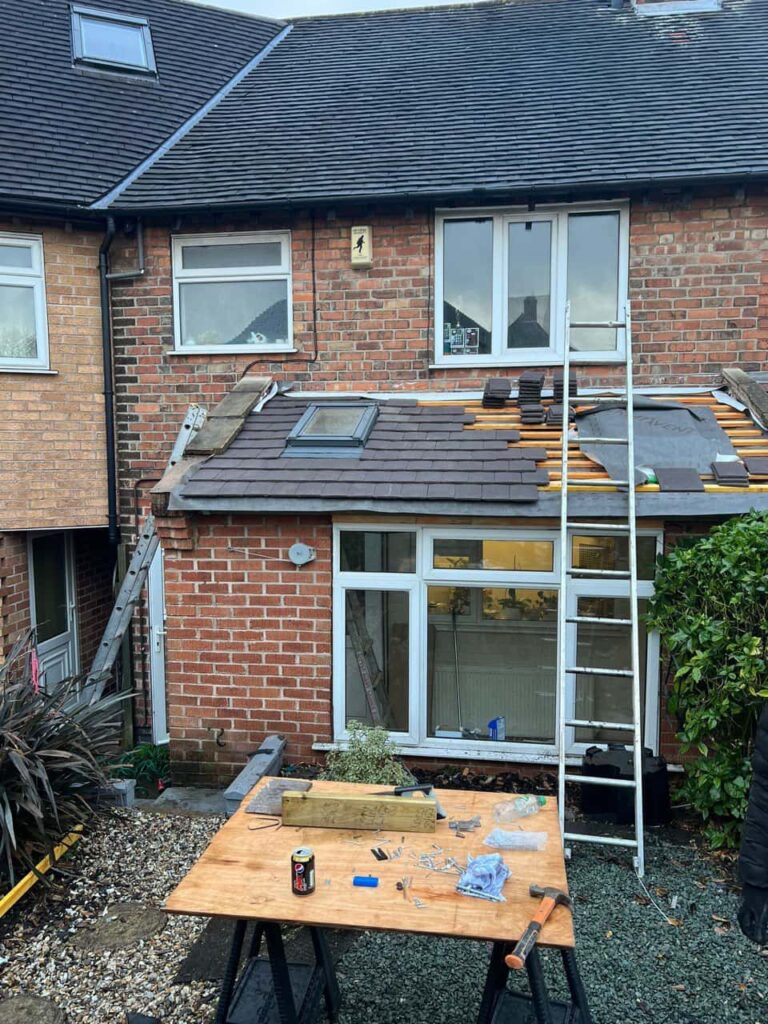Introduction: When it comes to felt roofing, selecting the right material texture is as important as choosing the appropriate thickness and colour. The roofing material’s texture affects your roof’s aesthetics and plays a significant role in its performance and longevity. This blog post will discuss tips for choosing the right texture for your felt roofing materials to ensure optimal durability, functionality, and visual appeal.
Understanding Roofing Material Texture:
The texture of roofing materials refers to the surface pattern or finish of the material, which can vary from smooth and flat to textured or granular. Different textures offer unique aesthetics, traction, weather resistance, and durability benefits. Regarding felt roofing, homeowners and property managers have several options, each with its characteristics and considerations.
Tips for Choosing the Right Texture:
Consider Climate and Weather Conditions:
- When selecting the texture of your felt roofing materials, consider your area’s climate and weather conditions. Smooth or flat textures may be suitable for moderate climates with low precipitation. At the same time, textured or granular surfaces provide enhanced traction and weather resistance, making them ideal for regions prone to heavy rainfall, snow, or high winds.
Evaluate Aesthetic Preferences:
- The texture of your felt roofing material can significantly impact the visual appearance of your roof and the overall curb appeal of your property. Consider your aesthetic preferences and architectural style when choosing between smooth, textured, or granular finishes. Smooth surfaces offer a sleek and modern look. In contrast, textured or granular surfaces can add depth and dimension to your roof, mimicking the appearance of traditional roofing materials such as slate or wood shakes.
Assess Foot Traffic and Maintenance Requirements:
- If your roof is accessible and will be subject to foot traffic for maintenance or repair purposes, consider the texture of the roofing material for safety and durability. Textured or granular surfaces provide better traction and grip, reducing the risk of slips and falls, especially in wet or icy conditions. Additionally, textured surfaces may require less frequent maintenance than smooth surfaces, as they can better camouflage dirt, debris, and minor imperfections.
Explore Product Options:
- Felt roofing materials come in various textures and finishes to suit different preferences and requirements. Explore the product options available from reputable manufacturers and suppliers to find the texture that best meets your needs. Request samples or swatches to compare textures and visualise how they will look on your roof before making a final decision.
Consult with Roofing Professionals:
- When in doubt, seek guidance from experienced roofing professionals who can provide expert advice and recommendations based on your specific needs and preferences. A reputable roofing contractor can assess your project, consider climate, aesthetics, and maintenance requirements, and recommend the most suitable texture for your felt roofing materials.
Conclusion: Choosing the right texture for your felt roofing materials is a crucial decision that can impact your roof’s performance, durability, and aesthetics. By considering factors such as climate, aesthetic preferences, foot traffic, and product options, you can make an informed choice that enhances your property’s functionality and visual appeal. Partnering with knowledgeable roofing professionals can also provide valuable insights and ensure a successful roofing project from start to finish. With the right texture, your felt roofing system can provide long-lasting protection and beauty for years.
Call us on: 01489 359 891
Click here to find out more about Hedge End Roofing Repairs
Click here to complete our contact form and see how we can help with your roofing needs.

